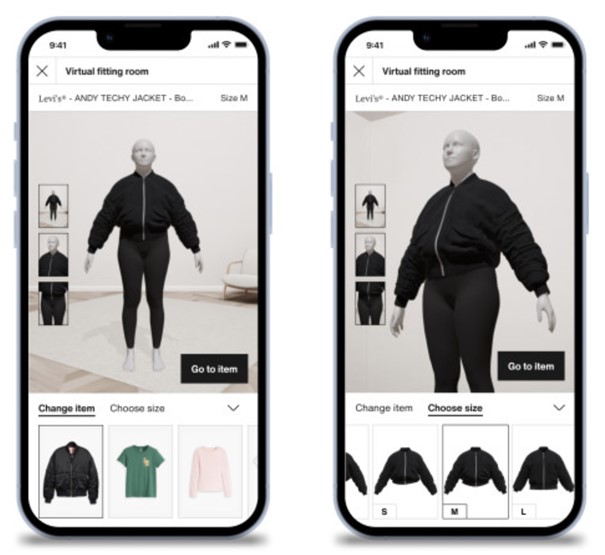Future shopping: virtual fitting rooms and digital fashion innovation
2025-01-14
By addressing key challenges, such as customer uncertainty in online shopping and the environmental impact of returns, these technologies offer innovative solutions for personalization and sustainability. The findings highlight the ability of CLO to streamline design processes by reducing the need for physical prototypes, while 3D body scanning enables realistic visualization of garments on customized avatars. However, technical limitations, such as the lack of accessible body scanning applications and motion simulation, must be resolved to maximize their adoption. Virtual fitting rooms represent a promising path toward a more sustainable and customer-centric fashion industry.
Purpose
The purpose of the study is to analyze how virtual fitting rooms and related technologies can help meet the challenges of the fashion industry. The focus is on examining the application of the technologies from a consumer perspective, where uncertainty about fit and size can be reduced, and from a business perspective – through more efficient design and production processes – and
Research
The study builds on previous research that highlights the potential of 3D body scanning and CLO to improve design and fit, while reducing transport emissions. Industry initiatives such as Zalando’s pilot project with virtual fitting rooms show that these technologies can be applied to strengthen customer loyalty and reduce returns. Virtual fitting rooms have the potential to become a new standard for sustainable and customized e-commerce.
Method
The study is conducted with a combination of literature studies, field observations and practical tests. The literature studies focus on previous research on digital design tools and body scanning. Observations included analysis of Zalando’s virtual fitting room. Practical simulations in CLO are used to test how garments can be visualized and adapted for different body types.
Results
The results show that virtual fitting rooms offer great opportunities for sustainability and personalization. Through 3D avatars based on body measurements, the consumer can get a realistic picture of the fit, which reduces uncertainty and strengthens purchasing decisions. CLO streamlines the design process and reduces physical prototypes. However, technical challenges remain, such as the lack of user-friendly body scanning applications, a large amount of fine-tuning and limited motion simulation, which affects the wider application of the technology.
Recommendations
- Develop more user-friendly and accessible body scanning solutions, such as mobile-based applications.
- Improve the integration between body scanning and design tools such as CLO to facilitate use.
- Increase consumer trust through transparency in data protection and inclusion in the design process.

Project details
Title: Future shopping: virtual fitting rooms and digital fashion innovation
Year: 2025
Author: Ella Bergström
Course: Field study
Programme: Bachelor Programme in Textile Management, with specialization in Fashion and Retail
Supervisors: Marianne Louwerse and Lars Hedegård
Technology: Clo3D - Bodyscanner
Ella Bergström

